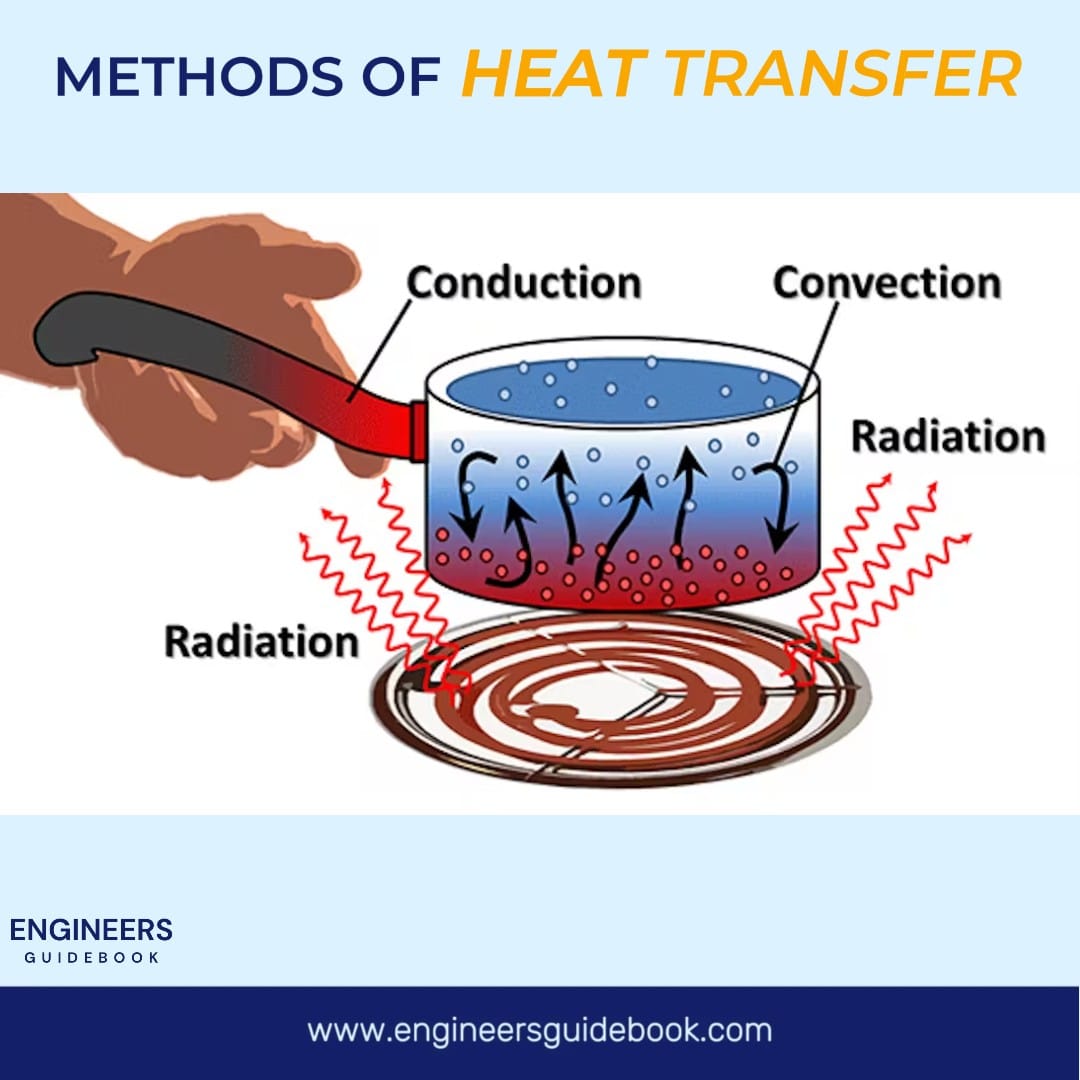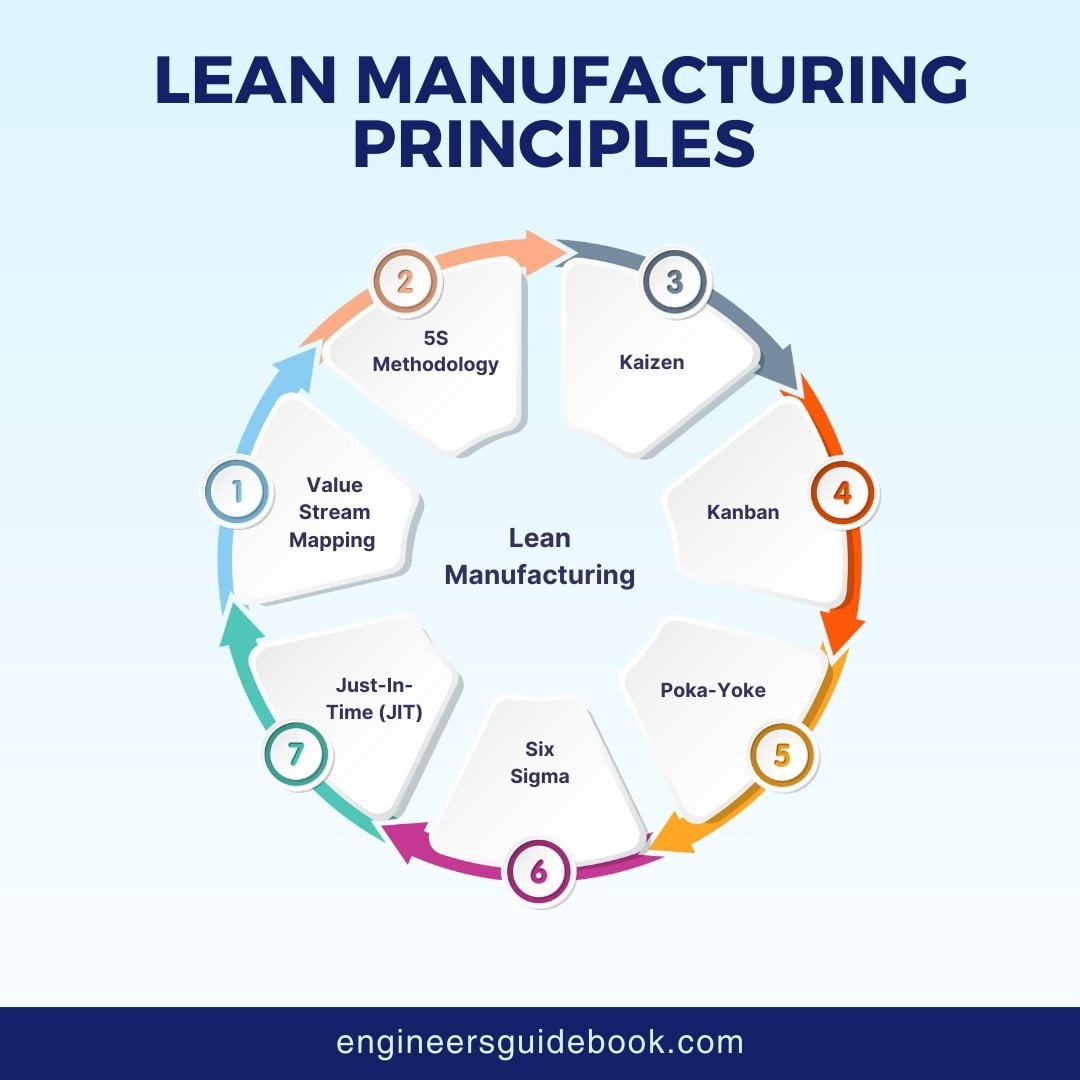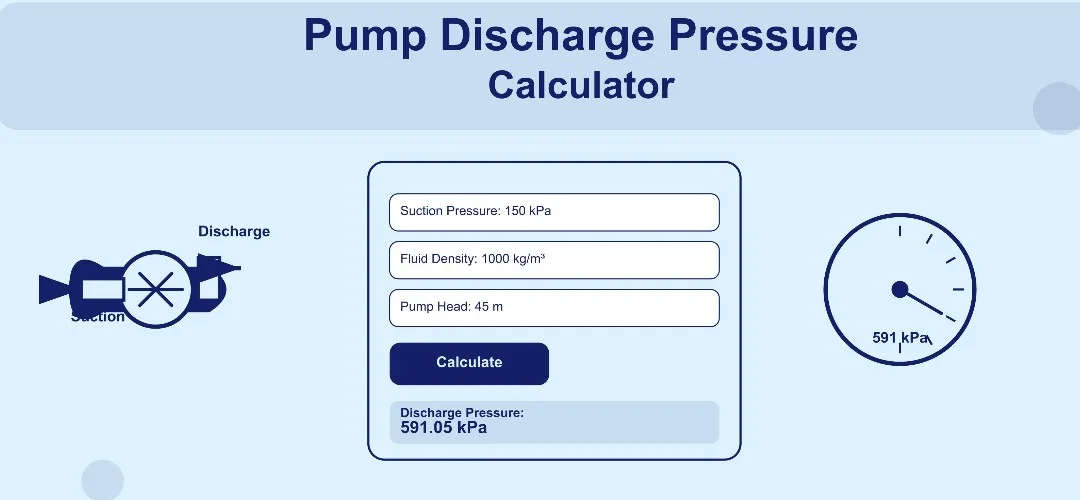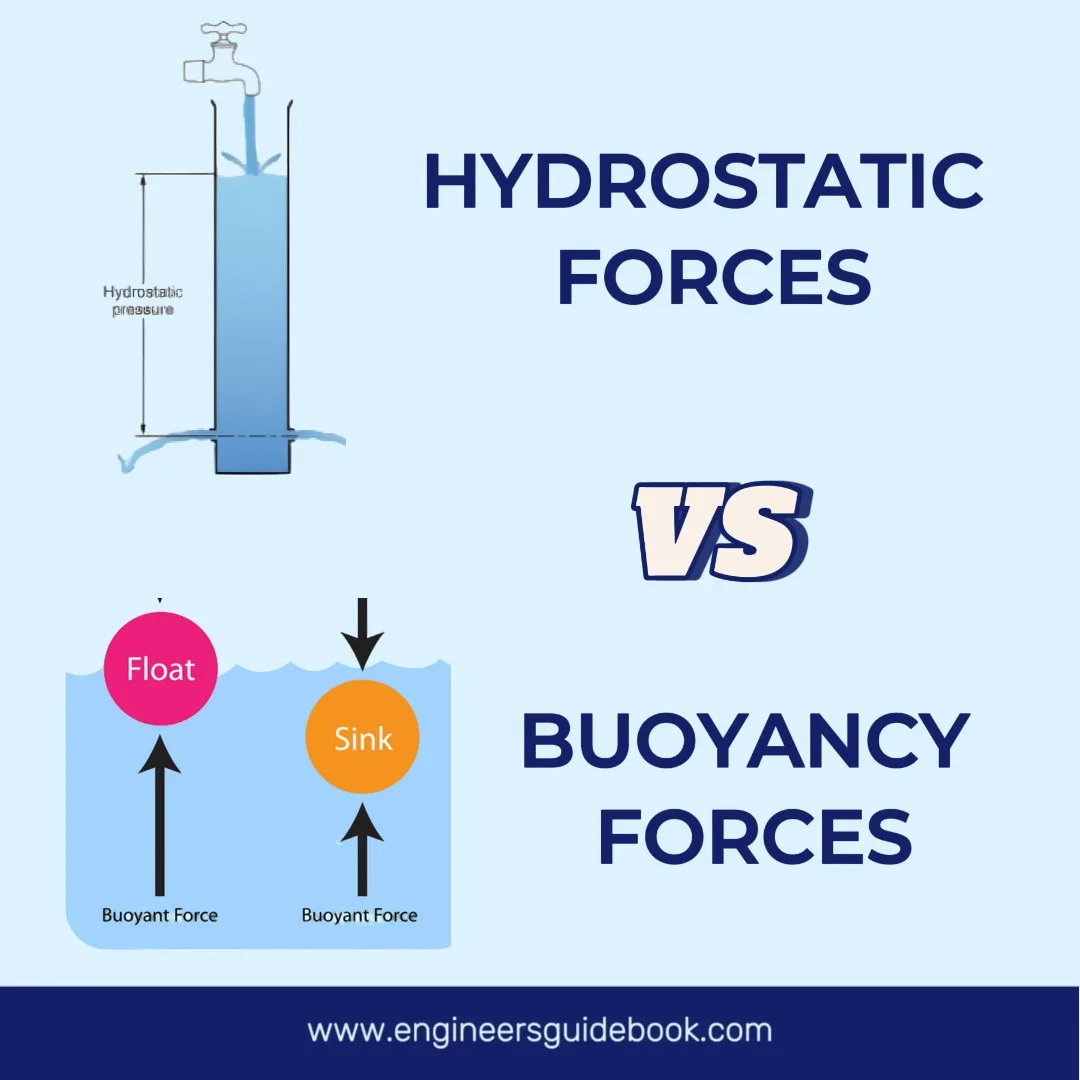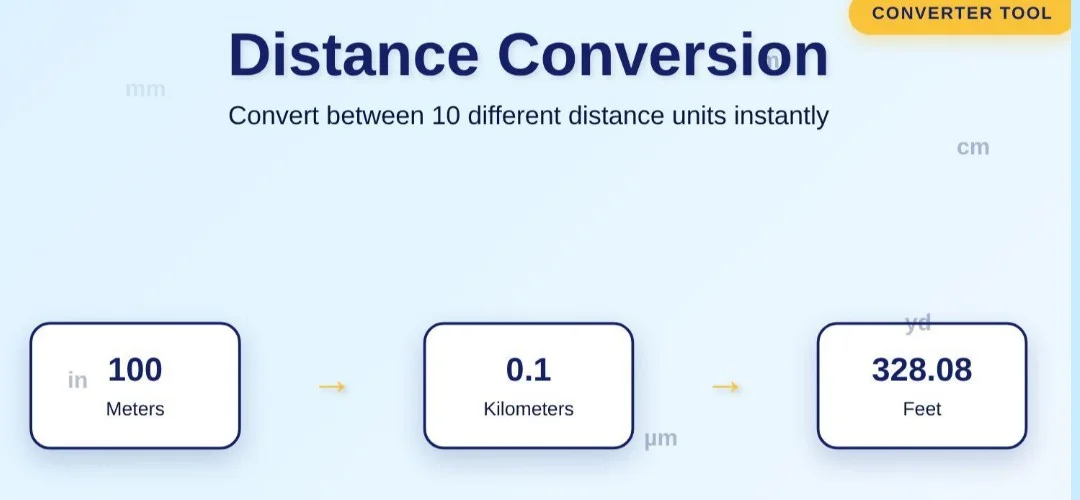1. Introduction
Heat transfer is an integral part of the natural world and human-made systems. From the sun’s warmth radiating across vast distances to the heat exchanged within the engine of a car, the transfer of heat influences countless phenomena around us. Everyday actions like boiling water, ironing clothes, or cooling a room are prime examples of heat transfer at work, showcasing its omnipresence in our routines.
2. Why Understanding Heat Transfer Matters
A thorough grasp of heat transfer mechanisms is crucial for innovation and problem-solving in fields such as engineering, environmental science, and biology. Understanding how heat moves enables efficient energy usage, improved thermal insulation, and the development of technologies that enhance comfort and productivity. Furthermore, this knowledge forms the backbone of sustainable practices, including energy conservation and the mitigation of heat-related environmental impacts.
3. The Science behind Heat Transfer
What Is Heat? A Fundamental Definition
Heat is the energy transferred between systems due to a temperature difference. Unlike temperature, which measures the thermal state of a body, heat quantifies the energy flow resulting from that state. It is a dynamic property, moving spontaneously from regions of higher temperature to those of lower temperature, driving countless physical and chemical processes.
The Role of Temperature Difference in Heat Flow
Temperature difference acts as the driving force behind heat transfer. When two bodies at different temperatures come into contact, heat flows until thermal equilibrium is reached. This natural process ensures energy redistribution, forming the basis for the functioning of devices like heat exchangers, refrigerators, and even the Earth’s atmospheric system.
4. Conduction: The Basics
How Heat Travels Through Solids
Conduction occurs when heat energy transfers through direct molecular interaction in a material. In solids, atoms and molecules vibrate in place, passing kinetic energy to neighboring particles. This process is especially prominent in materials like metals, where free electrons enhance heat flow efficiency.

Thermal Conductivity: A Material’s Heat-Transfer Efficiency
Thermal conductivity is a measure of how effectively a material conducts heat. High-conductivity materials, such as copper and aluminum, allow rapid energy transfer, while low-conductivity materials like wood and rubber act as insulators. This property is pivotal in selecting materials for construction, electronics, and industrial systems.
Real-World Examples of Conduction
From the warmth felt when holding a metal spoon in a hot beverage to the slow cooling of a thermos flask, conduction manifests in numerous ways. In engineering, heat conduction is critical in designing systems like engine components, heat sinks, and thermal barriers.
Factors Affecting Conduction
The Role of Material Properties in Heat Transfer
A material’s atomic structure, density, and composition significantly influence its ability to conduct heat. Metals, with their densely packed atoms and free electrons, outperform nonmetals, while porous materials inhibit heat flow due to trapped air pockets.
Thickness and Surface Area: Their Impact on Conduction
The rate of heat conduction depends on the material’s thickness and surface area exposed to heat. Thicker materials impede heat flow, while larger surface areas promote it. These factors are fundamental in designing thermal insulation and heat exchange systems.
5. Convection: The Flow of Heat in Fluids
Understanding the Mechanics of Convection
Convection involves the transfer of heat through fluid motion. As fluid particles heat up, they become less dense and rise, while cooler, denser particles sink, creating a circulation pattern. This process is prominent in liquids and gases.
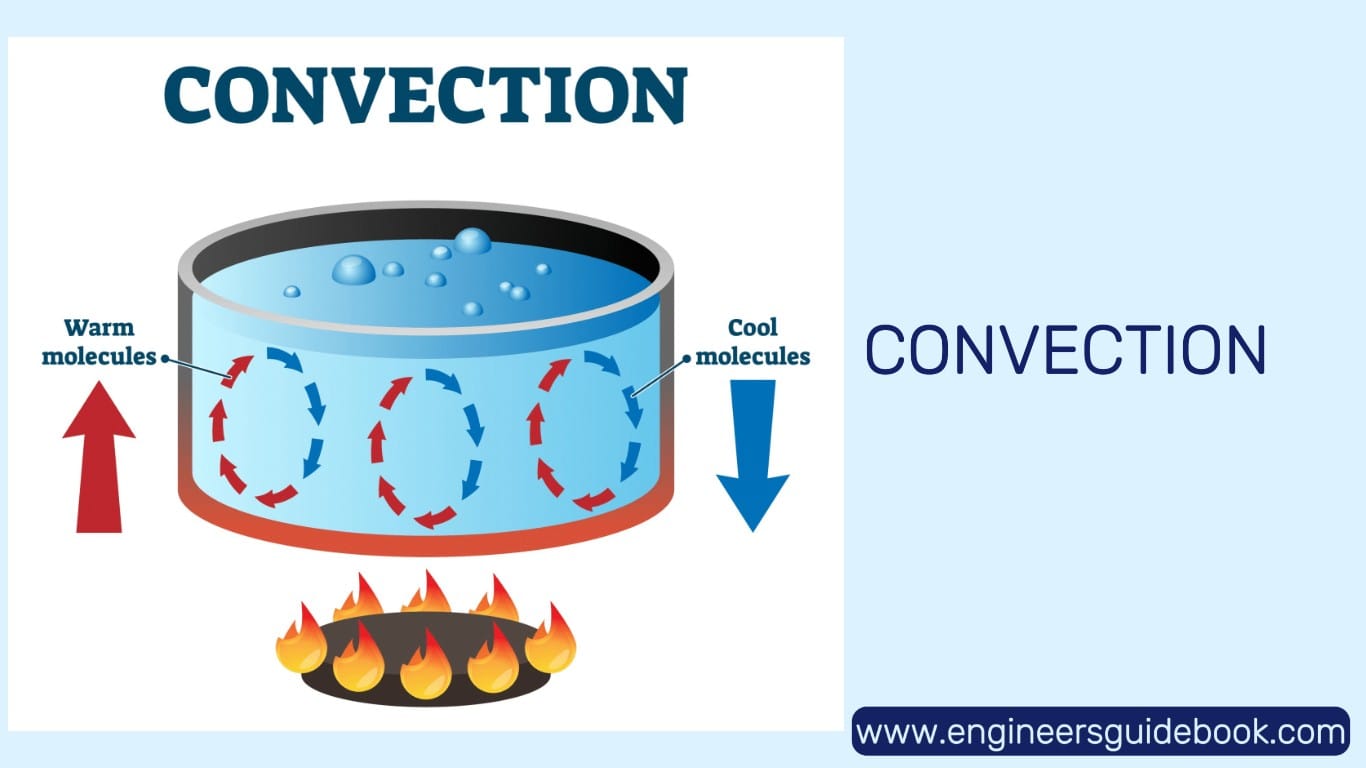
The Difference Between Natural and Forced Convection
Natural convection arises from density differences due to temperature variations, such as in boiling water. Forced convection, on the other hand, relies on external forces like fans or pumps to enhance fluid movement, as seen in air conditioning systems and industrial processes.
Everyday Examples of Convection
From the rising of hot air balloons to the efficient cooling of computer components with fans, convection is a vital process in both natural and technological contexts.
Applications of Convection
Heating and Cooling Systems: A Practical Perspective
Convection underpins the operation of heating systems like radiators and cooling devices like refrigerators. These systems rely on the efficient transfer of heat to regulate indoor environments and preserve perishable items.
Ocean Currents and Weather Patterns
In nature, convection drives ocean currents and atmospheric circulation, influencing climate and weather systems. These large-scale heat transfer processes are critical for maintaining global temperature balance.
6. Radiation: Heat Transfer Without a Medium
What Is Thermal Radiation?
Thermal radiation is the emission of electromagnetic waves from a body due to its temperature. Unlike conduction and convection, it does not require a medium, allowing heat transfer across the vacuum of space.
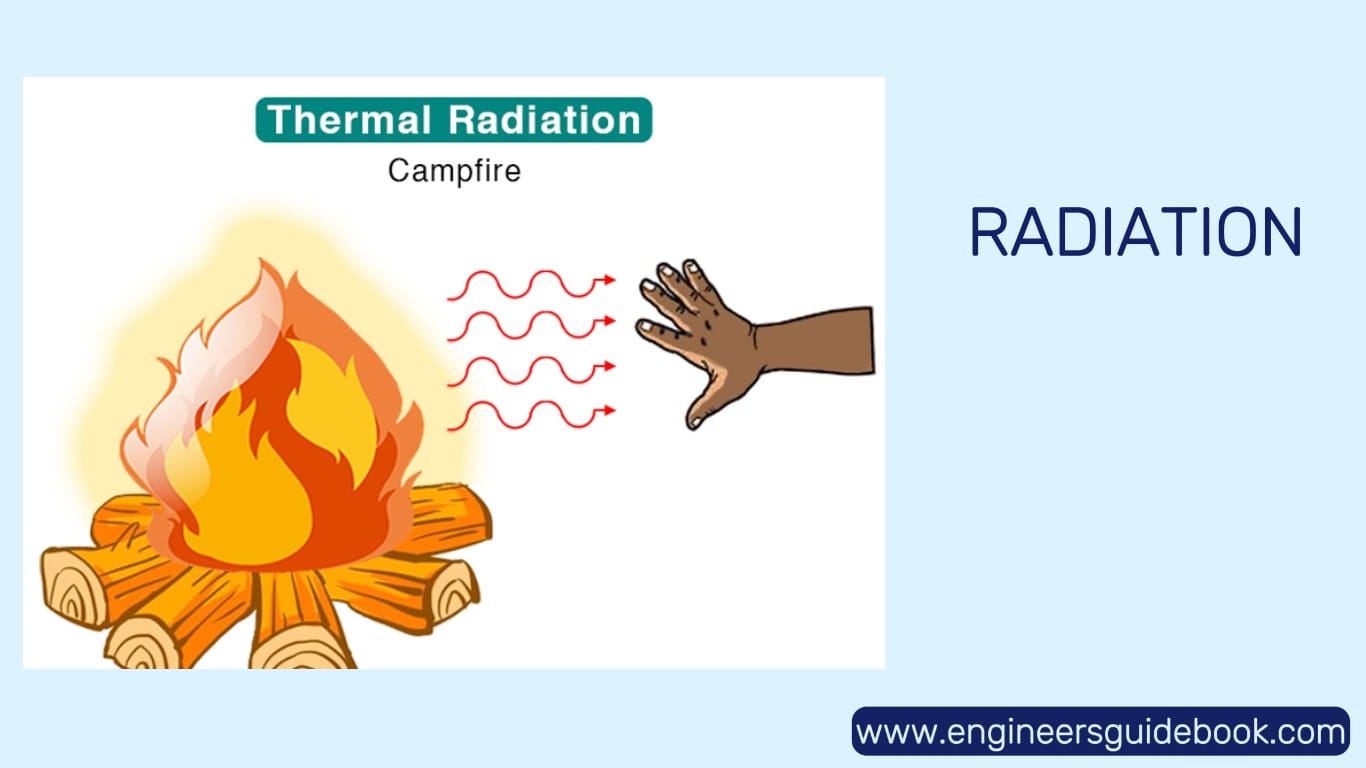
The Electromagnetic Spectrum and Heat Transfer
Thermal radiation spans the infrared portion of the electromagnetic spectrum. The intensity and wavelength of emitted radiation depend on the object’s temperature, with hotter bodies radiating energy more intensely and at shorter wavelengths.
Factors Influencing Radiation
Surface Properties and Emissivity
The emissivity of a material, a measure of its efficiency in radiating energy, depends on its surface properties. Dark, matte surfaces radiate heat more effectively than shiny, reflective ones, influencing the design of radiators and solar panels.
The Stefan-Boltzmann Law Explained
The Stefan-Boltzmann Law quantifies the relationship between a body’s temperature and the energy it radiates. This principle is foundational in understanding stellar temperatures and designing high-efficiency thermal systems.
7. Combined Modes of Heat Transfer
How Conduction, Convection, and Radiation Work Together
In real-world scenarios, heat transfer rarely occurs in isolation. A cup of hot coffee cools due to conduction through the cup’s walls, convection in the surrounding air, and radiation to the environment.
Examples from Nature and Technology
The cooling of volcanic lava and the thermal management of spacecraft are examples where multiple heat transfer modes interplay to achieve equilibrium or enhance functionality.
8. Insulation and Heat Transfer
Principles of Thermal Insulation
Thermal insulation minimizes heat transfer by introducing barriers that reduce conduction, convection, and radiation. Insulation is essential in maintaining energy efficiency and thermal comfort.
Materials like fiberglass, foam, and aerogel are widely used for insulation due to their low thermal conductivity and ability to trap air, making them effective barriers against heat flow.
9. Heat Transfer in Engineering and Design
Industrial Heat Exchangers: A Key Application
Industrial heat exchangers are critical devices designed to transfer heat between two or more fluids without mixing them. Found in systems like power plants, chemical refineries, and HVAC units, they enhance energy efficiency by recycling heat. Shell-and-tube and plate heat exchangers are common designs tailored to specific industrial needs. Their functionality depends on the optimal use of conduction, convection, and material selection.
Advances in Thermal Management Technologies
As industries evolve, so do thermal management technologies. Innovations such as microchannel heat exchangers, advanced cooling systems for electronics, and nanotechnology-based materials are revolutionizing how heat transfer challenges are addressed. These advancements improve efficiency, reduce energy consumption, and support miniaturization in critical fields like aerospace and computing.
10. Environmental Impact of Heat Transfer
The Role of Heat Transfer in Energy Efficiency
Efficient heat transfer systems play a vital role in reducing energy wastage. Technologies like double-glazed windows, solar thermal collectors, and energy recovery ventilators utilize heat transfer principles to minimize energy loss and maximize utility. By optimizing heat transfer, these systems contribute to global energy conservation efforts.
Reducing Heat Loss in Buildings
Buildings account for a significant portion of global energy consumption. Proper insulation, efficient HVAC systems, and passive solar design reduce heat loss, enhancing thermal comfort while lowering energy demand. Strategies such as green roofs, thermal breaks, and low-emissivity coatings further emphasize the importance of heat transfer knowledge in sustainable architecture.
11. Heat Transfer in Biological Systems
How the Human Body Regulates Heat
The human body employs sophisticated mechanisms to maintain thermal equilibrium, such as conduction through skin contact, convection via blood circulation, and radiation from exposed surfaces. Processes like sweating and shivering adjust to external conditions, ensuring homeostasis despite environmental challenges.
Examples from Animal Adaptations
Animals showcase remarkable adaptations to manage heat transfer. Desert-dwelling creatures, such as camels, use fur and fat to minimize heat gain, while polar bears rely on thick fur and blubber to retain warmth. These adaptations highlight nature’s ingenuity in optimizing conduction, convection, and radiation for survival.
12. Heat Transfer in Everyday Life
Cooking and Kitchen Applications
Heat transfer is fundamental to cooking. Conduction is evident in frying pans heating food directly, convection occurs in ovens circulating hot air, and radiation is at play in microwave cooking or grilling. Understanding these modes allows chefs and home cooks to achieve desired culinary results efficiently.
The Role of Heat Transfer in Electronic Devices
Modern electronics rely heavily on efficient heat transfer to prevent overheating and ensure longevity. Devices like laptops and smartphones use thermal management systems, including heat sinks, cooling fans, and thermal interface materials, to dissipate heat generated by components during operation.
13. Experimental Techniques to Measure Heat Transfer
Methods for Measuring Conductivity, Convection, and Radiation
Researchers use various methods to measure heat transfer rates. Conductivity is often tested using steady-state techniques, while convection experiments employ calorimeters and flow visualization. Radiation is analyzed using infrared thermography and emissivity measurement tools, allowing precise data collection in diverse settings.
Tools and Instruments Used in Heat Transfer Research
Instruments like thermal imaging cameras, heat flux sensors, and laser flash analysis devices provide detailed insights into heat transfer behavior. These tools enable engineers and scientists to design optimized systems and validate theoretical models with real-world data.
14. Challenges in Heat Transfer Analysis
Complex Systems and Nonlinear Dynamics
Heat transfer in complex systems, such as turbulent flows or phase-change materials, involves nonlinear dynamics that are challenging to model and predict. These complexities require advanced computational methods and experimental validation to develop accurate solutions.
Limitations of Current Models
Despite significant advancements, existing heat transfer models often oversimplify real-world phenomena. Factors like variable material properties, multi-phase interactions, and microscale effects highlight the need for continuous research to refine predictive accuracy.
15. Future Trends in Heat Transfer Research
Nanotechnology and Heat Transfer
Nanotechnology has unlocked new frontiers in heat transfer research. Nano fluids, composed of nanoparticles suspended in base fluids, exhibit enhanced thermal conductivity, making them ideal for cooling systems and energy storage. Nanostructured surfaces also improve heat dissipation, with applications in electronics and solar technologies.
Innovations in Heat Transfer Materials
Emerging materials, such as phase-change materials (PCMs) and aerogels, are redefining heat transfer applications. PCMs store and release thermal energy during phase transitions, while aerogels offer exceptional insulation properties due to their lightweight and porous structure. These innovations hold promise for sustainable energy solutions and advanced manufacturing.
16. Conclusion
Heat transfer is a multifaceted phenomenon that underpins natural and engineered processes. The principles of conduction, convection, and radiation, along with their combined modes, provide the foundation for understanding and optimizing thermal energy flow in various contexts.
As the world faces increasing energy demands and environmental challenges, advancing our understanding of heat transfer remains critical. Innovations in materials, systems, and modeling will pave the way for sustainable technologies, efficient energy use, and enhanced quality of life. By prioritizing research and development in this field, we can harness the power of heat transfer to drive progress and innovation.
17. FAQ
- What are the three main methods of heat transfer?
The three main methods of heat transfer are conduction, convection, and radiation. - How does heat transfer through solids?
Heat transfers through solids by conduction, where energy moves from hot to cold regions via molecular vibration. - What is the difference between conduction and convection?
Conduction transfers heat through direct contact in solids, while convection involves fluid movement to transfer heat in liquids or gases. - What factors affect the rate of heat transfer in materials?
Factors include material properties (thermal conductivity), thickness, surface area, and temperature difference. - How does radiation differ from conduction and convection?
Radiation transfers heat through electromagnetic waves without needing a medium, unlike conduction and convection, which require substances. - How do animals regulate heat transfer?
Animals use physiological adaptations like fur, blubber, and behavioral changes to control heat transfer and maintain body temperature. - What role does heat transfer play in energy efficiency?
Efficient heat transfer systems help reduce energy waste, contributing to lower energy consumption and enhanced sustainability. - Why is thermal insulation important?
Insulation reduces heat loss or gain, improving energy efficiency in buildings and protecting systems from excessive heat transfer.
